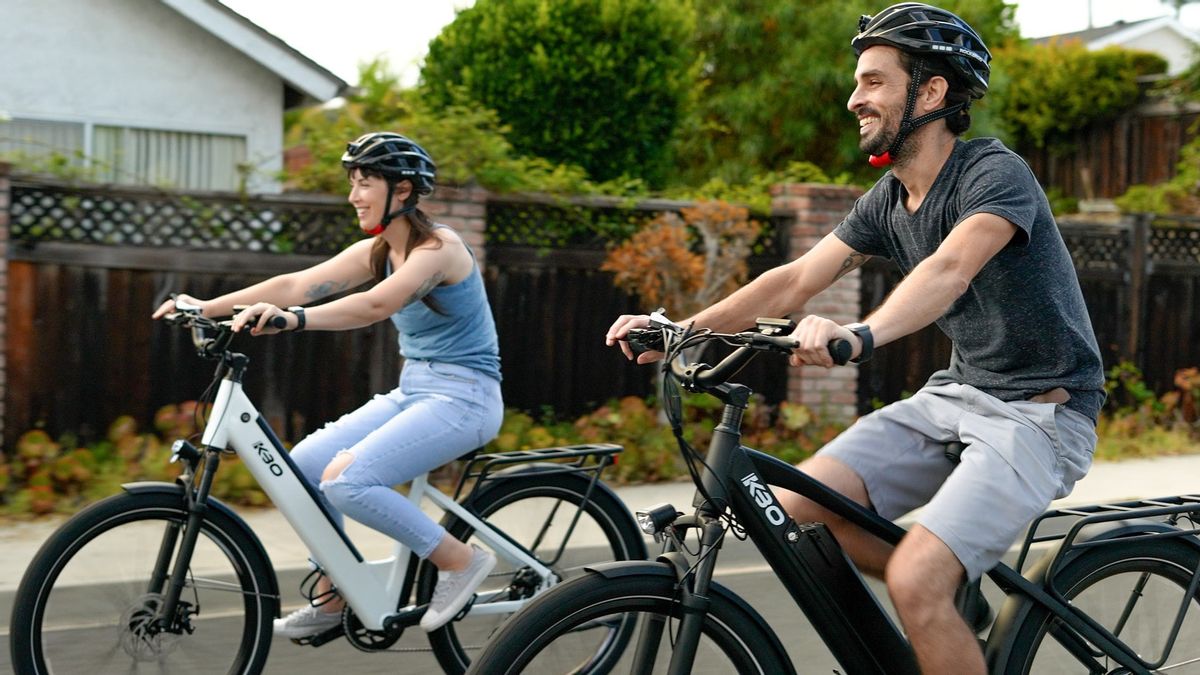YOGYAKARTA – Hobby activities, such as cycling, can help you burn calories. However, not everyone can be calculated the same because a number of factors affect the number of calories burned. What are these factors? Here's the explanation.
When muscles work, they use inhaled oxygen to convert fats and sugars, and sometimes proteins too, into adenosine triphosphate (ATP) or the basic molecule that supplies energy. Triathlete coach at Unstill Life Seattle, Rachel DeBusk, CPT., says that the body needs a constant stream of ATP even when you're just hanging out. But when you exercise, you need more supply.
1. Cycling intensityLaunching Healthline, Wednesday, July 27, during a short and intense workout, the body uses anaerobic metabolism to convert carbohydrates into ATP. When exercise is longer and intense, the body gets ATP from the aerobic metabolism of carbohydrates.
2. Speed and resistanceIf you're cycling at a low, moderate pace, you're mostly using the aerobic metabolism system. It improves how well the heart and lungs work and helps the body use glucose efficiently. If glucose is not used efficiently, it can increase the risk of pre-diabetes and metabolic syndrome.

Although invisible or invisible, the body's metabolism has a big effect on the number of calories burned. In addition to the speed and resistance and intensity of cycling. As a rule of thumb, the faster your pace, the more calories you're likely to burn.
According to a study from Harvard University, cycling at a moderate pace between 3 kilometers per hour will cause a 77.5 kilogram person to burn 298 calories in 30 minutes. At a faster rate, of 4 kilometers per hour, a person of the same weight would burn 372 calories. The study illustrates that the faster the speed in cycling, the more calories burned.
4. Dynamic movementIt turns out that static cycling is not as much as dynamic cycling in burning calories. Because when dynamic cycling, will follow road resistance, incline, angina, and this helps you burn more calories than cycling indoors.
5. WeightStill based on a study conducted at Harvard University, it turns out that weight also affects the amount of calories burned. When cycling at a moderate pace for 30 minutes, a 125-pound person burns 240 calories, a 155-pound person burns 298 calories and a 185-pound person burns up to 355 calories.
Factors related to resistance, speed, and intensity, are the type of bicycle used and where to ride. For example, some people choose BMX or mountain biking, these tend to burn more calories due to uneven or rocky terrain. When mountain biking, with the same weight as cycling at a moderate speed above, each person can burn between 15-22 calories more calories.
The English, Chinese, Japanese, Arabic, and French versions are automatically generated by the AI. So there may still be inaccuracies in translating, please always see Indonesian as our main language. (system supported by DigitalSiber.id)













